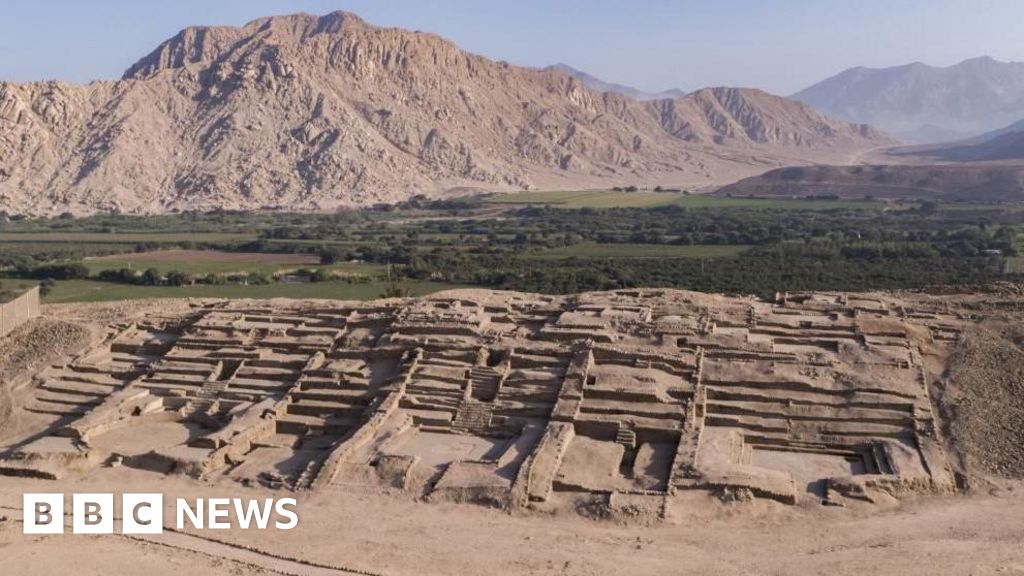Multiple plans exist to explore Mars in the coming decades using robotic and crewed missions. The ultimate goal of these missions is to determine whether human beings could actually live there someday. This requires access to building materials, water, cutting-edge manufacturing technology, and closed-loop habitation systems with bioregenerative life support systems (BLSS). Basically, future settlers will need to create conditions that mimic Earth’s self-sustaining ecological systems—essentially, we need to “take Earth with us” to other planets.
In the long term, these efforts could extend to the entire planet in an effort to make Mars “Earth-like.” This process is known as “terraforming,” and many proposals have been made over the past 50 years.
In a recent study, an interdisciplinary team presented a novel way to warm up Mars’ atmosphere using nanoscale aerosols of graphene and aluminum. Their findings indicate that Mars’ atmospheric dynamics and radiative processes make engineered aerosol warming possible, which could constitute the first step in terraforming the planet.
Edwin S. Kite, an associate professor at the University of Chicago and a member of the Curiosity rover’s science team, led the study. He was joined by researchers from the planetary science research Aeolis Research, Northwestern University, the University of Central Florida, the MIT Haystack Observatory, the European Centre for Medium-Range Weather Forecasts (ECMWF), and NASA’s Jet Propulsion Laboratory. The paper describing their findings was presented at the 2025 Lunar and Planetary Science Conference.
When it comes right down to it, the process of terraforming Mars consists of three interconnected steps. This essentially means that progress in one of these areas will lead to progress in the others. They are:
- Warm the atmosphere
- Thicken the atmosphere
- Melt the polar caps and permafrost
By warming the planet, the polar ice caps and permafrost would melt, releasing liquid water onto the surface and water vapor into the atmosphere. The abundant amounts of dry ice in both ice caps would sublimate, releasing additional carbon dioxide into the atmosphere and warming it further. As Robert Zubrin stated in “The Case for Mars,” this process would lead to an atmospheric pressure (atm) of about 300 millibars (30% of Earth’s atm at sea level). This would be sufficient for people to stand outside without a pressure suit, though they would still need warm clothing and oxygen.
Many proposals have been suggested for accomplishing the first step, ranging from low albedo material or plants being distributed over the polar caps (Sagan, 1973) to filling the atmosphere with chlorofluorocarbons (CFCs) (Lovelock/Alleby, 1984), ammonia, or methane. There have also been proposals to add more carbon dioxide to the atmosphere by harvesting it locally or importing it from another planet (Venus being the prime candidate). All of these proposals would require a major commitment of resources and technological innovations that do not currently exist.
More information:
Atmospheric dynamics of first steps toward terraforming Mars. www.hou.usra.edu/meetings/lpsc2025/pdf/1827.pdf
Citation:
Here’s how we could quickly raise temperatures on Mars (2025, April 4)
retrieved 5 April 2025
from
This document is subject to copyright. Apart from any fair dealing for the purpose of private study or research, no
part may be reproduced without the written permission. The content is provided for information purposes only.


















